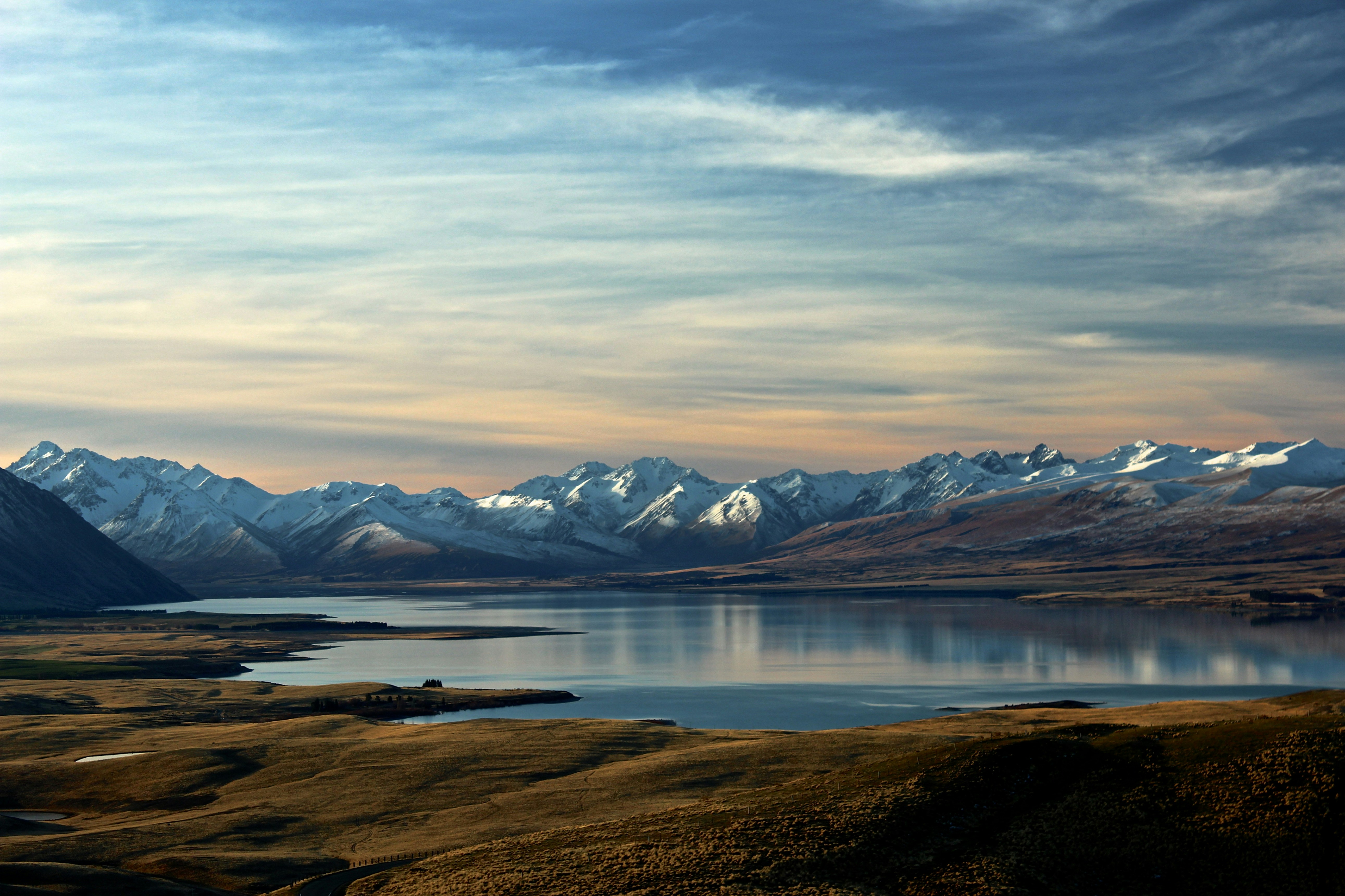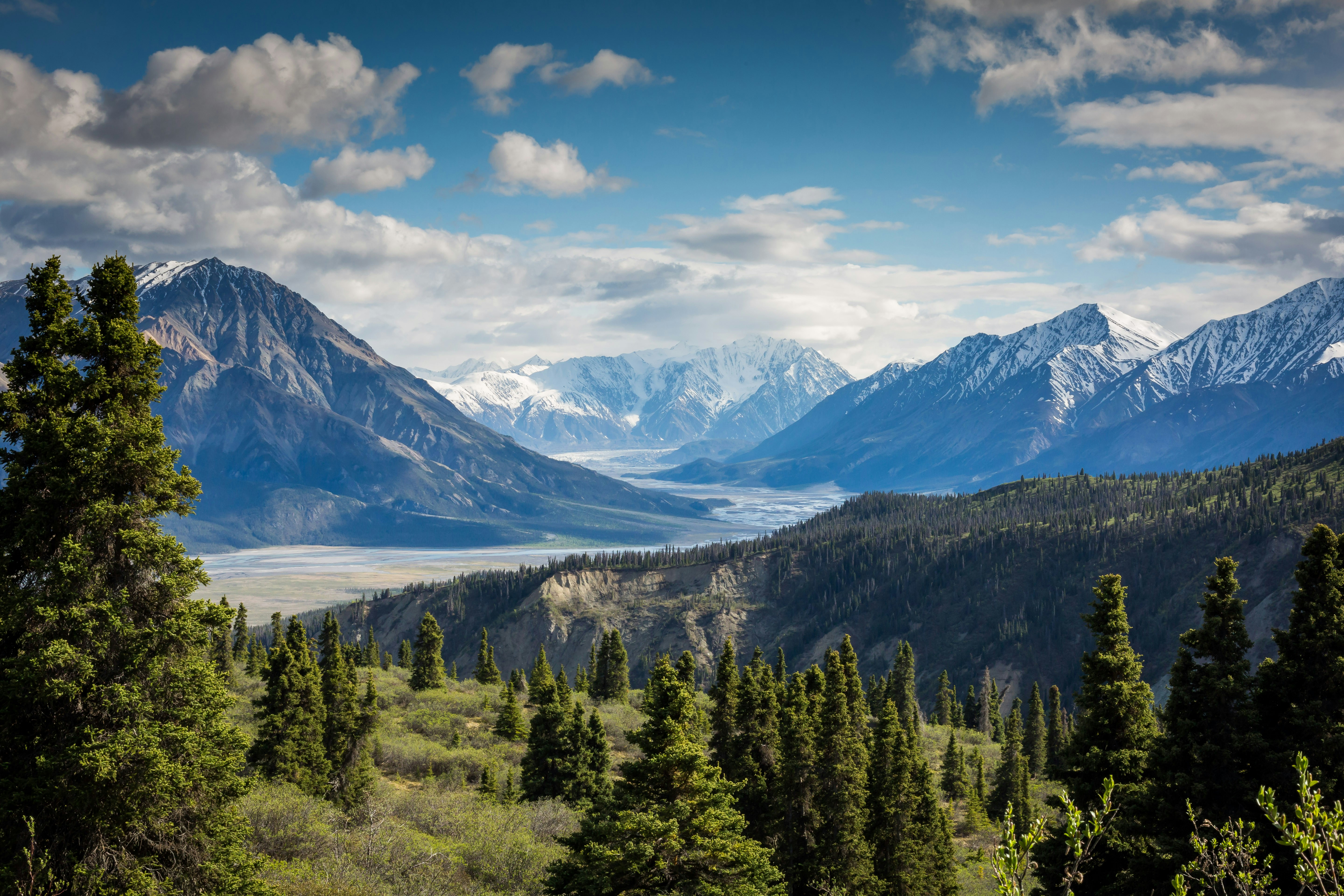Mount Shasta, an awe-inspiring and majestic peak towering over Northern California, holds a fascinating history that begs the question: How did this natural wonder come to be? It is a tale of ancient volcanic eruptions, the shifting tectonic plates, and a culmination of geological marvels that shaped this magnificent mountain. From its birth millions of years ago to the present day, the story of Mount Shasta is a captivating journey through time, filled with intriguing twists and turns that leave you in awe of the remarkable forces of nature. So sit back, relax, and prepare to embark on an extraordinary adventure as we uncover the remarkable story of how Mount Shasta came to be.
Geological Formation of Mount Shasta
Plate Tectonics and Subduction Zone
Mount Shasta, located in Northern California, has a fascinating geological history that can be traced back millions of years. The formation of this majestic mountain is closely tied to the dynamic processes of plate tectonics. The region where Mount Shasta stands is situated along the Pacific Plate's boundary, where it converges with the North American Plate.
As these two massive plates collide, the leading edge of the Pacific Plate is forced beneath the North American Plate in what is known as a subduction zone. This subduction process leads to the creation of volcanic arcs, and Mount Shasta is a prime example of such a formation.
Formation of the Cascade Volcanic Arc
Mount Shasta's prominent role in the Cascade Volcanic Arc is a result of the subduction of the Pacific Plate beneath the North American Plate. The intense pressure and heat generated by this tectonic collision cause the mantle beneath the subduction zone to partially melt, creating magma chambers.
Over the course of millions of years, repeated eruptions from these magma chambers have built the Cascade Range, of which Mount Shasta is a part. The volcanic activity associated with the formation of the Cascade Volcanic Arc has left a unique mark on the landscape, shaping the stunning scenery that exists today.
Eruption History of Mount Shasta
The eruption history of Mount Shasta spans thousands of years, with recorded eruptions dating back as far as the 18th century. This volcano is considered to be one of the most active in the Cascade Range, although its eruptions have been relatively infrequent and predominantly effusive rather than explosive.
The most recent eruptive period occurred between 250 and 300 years ago, with pyroclastic flows and lahars leaving their mark on the slopes of Mount Shasta. Despite its potentially volatile nature, Mount Shasta has not experienced a large-scale eruption in recent times, with its last eruption occurring during the late Holocene epoch.
Physical Characteristics of Mount Shasta
Elevation and Prominence
Mount Shasta, standing tall at an elevation of 14,179 feet (4,322 meters), is the second-highest peak in the Cascade Range. Its impressive prominence, which measures over 9,000 feet, makes it a striking landmark visible from miles away.
Shape and Composition
One of the defining characteristics of Mount Shasta is its distinct conical shape, resembling a classic volcano. This shape is attributed to the numerous eruptions and subsequent deposition of volcanic materials over millions of years.
Mount Shasta is primarily composed of dacite and andesite, which are intermediate volcanic rocks. These rocks are the result of the solidification of magma with varying amounts of silica. The complex geology of Mount Shasta ensures its visual appeal and sets it apart from other mountains in the region.
Glaciation on Mount Shasta
Glaciation has played a significant role in shaping Mount Shasta's physical features. Despite its location in California's relatively mild climate, the mountain is home to several glaciers and permanent snowfields. These ice masses have carved deep valleys and cirques, leaving behind U-shaped valleys and sharp ridges, adding to the mountain's dramatic beauty.
Today, the glaciers on Mount Shasta are slowly retreating due to the impact of climate change. These changes are a cause for concern, as they can impact local water resources and ecosystems that rely on the glaciers' meltwater.
Native American Legends and Cultural Significance
Significance to Indigenous Tribes
Mount Shasta holds immense cultural significance for several indigenous tribes in the area. For centuries, Native American tribes such as the Shasta, Achomawi, Wintu, and Modoc have considered this sacred mountain as a central part of their spiritual beliefs and cultural heritage.
The Legend of Jcuhun
According to the legendary tale of Jcuhun, Mount Shasta is believed to be one of the world's oldest mountains. Jcuhun, a powerful spirit, dwells within the mountain and is thought to be the caretaker of the land and its surrounding ecosystems. This legend speaks to the deep spiritual connection that indigenous tribes have with Mount Shasta and their reverence for its natural beauty.
Spiritual and Sacred Practices at Mount Shasta
Mount Shasta continues to be an important site for spiritual and sacred practices. People from various backgrounds come to the mountain to connect with its serene energy and seek spiritual enlightenment. It is believed that the mountain acts as a gateway to higher consciousness and cosmic energy, making it a popular destination for individuals seeking spiritual rejuvenation and personal growth.
Exploration and Early European Accounts
First European References
The European discovery of Mount Shasta dates back to the early 19th century. The first recorded mention of the mountain can be traced to 1827 when the Hudson's Bay Company's explorer, Alexander Roderick McLeod, came across the majestic peak during a fur trapping expedition.
Following McLeod's accounts, other explorers and trappers ventured into the region, providing further descriptions of the mountain's grandeur. Their writings and drawings captured the imagination of people across the globe, fueling curiosity and interest in Mount Shasta.
Early Explorations and Surveys
In the mid-19th century, expeditions and surveys were undertaken to study the geological and geographical aspects of Mount Shasta. Notable explorers such as John Bidwell, Frederick Plummer, and William H. Brewer ventured into the mountainous terrain, documenting their findings and mapping the region.
These early explorations helped shed light on Mount Shasta's geological origins and paved the way for future scientific research and understanding of the mountain.
Naming of Mount Shasta
The origin of the name “Mount Shasta” can be traced to a Russian exploration party led by Fabian Gottlieb von Bellingshausen in the early 19th century. The party named the mountain “Mount Shasta” after the nearby Shasta Indian tribe.
The name “Shasta” is believed to have originated from the Native American word “Saste,” meaning white or white-haired, referring to the snow-capped peak of the mountain. This name has endured, becoming the iconic label for one of the most recognized mountains in the United States.
Naturalist John Muir's Influence
Muir's First Ascent of Mount Shasta
John Muir, the renowned naturalist and conservationist, made his first ascent of Mount Shasta in 1874. This experience marked the beginning of his deep connection with the mountain and the surrounding natural wonders of the region.
Muir's climb to the summit of Mount Shasta allowed him to witness firsthand the beauty and grandeur of the mountain, solidifying his commitment to preserving such pristine natural environments for future generations.
John Muir's Writings and Advocacy
Following his ascent of Mount Shasta, John Muir penned numerous articles and books detailing his experiences in the wilderness, including his time spent exploring and admiring the natural wonders of Mount Shasta. His writings captivated readers worldwide, igniting a passion for conservation and environmental stewardship.
Muir's words resonated with the public and played a significant role in the establishment of national parks, including Yosemite and Sequoia. His advocacy for the preservation of natural landscapes continues to inspire environmentalists and nature lovers to this day.
Muir's Legacy and Environmental Activism
John Muir's legacy extends far beyond his contributions to Mount Shasta. His tireless efforts to protect and preserve the planet's natural wonders have had a lasting impact on conservation practices and policies worldwide.
Muir's influence gave rise to the modern environmental movement, inspiring countless individuals to appreciate and protect the Earth's most precious resources, including the majestic beauty of Mount Shasta.
Mount Shasta as a Spiritual and Mystical Destination
Lemurian Connection and Theosophical Society
Mount Shasta has long been associated with mystical and spiritual beliefs, with the concept of Lemuria being one of the most prominent legends. According to Theosophical Society teachings, Lemuria was an ancient and highly advanced civilization that once existed on the lost continent of Lemuria, located in the Pacific Ocean, where Mount Shasta now stands.
Believers in the Lemurian connection often visit Mount Shasta in search of spiritual enlightenment, hoping to tap into the ancient wisdom and energy believed to still resonate from this mythical civilization.
New Age Spirituality and Enlightenment
In recent years, Mount Shasta has become a hub for various New Age spiritual practices and teachings. People flock to the mountain seeking transcendence, personal growth, and spiritual awakening. The serene and powerful energy that exudes from the mountain is believed to facilitate deep meditation, healing, and self-discovery.
Workshops, retreats, and spiritual gatherings take place on and around Mount Shasta, attracting individuals from across the globe who seek to explore their inner selves and connect with a higher power.
Modern-Day Pilgrimages and Retreats
Mount Shasta's allure as a spiritual destination extends beyond the realms of New Age spirituality. People from all walks of life make pilgrimages to the mountain, drawn by its majestic beauty and the sense of serenity it provides.
Retreats focused on mindfulness, meditation, and self-reflection are held in the vicinity, allowing individuals to disconnect from the noise of modern life and reconnect with nature's peaceful rhythms. Whether seeking spiritual enlightenment or simply a reprieve from the hustle and bustle of everyday life, Mount Shasta offers a sanctuary for those in search of tranquility.
Mount Shasta in Popular Culture
Literature and Poems
Mount Shasta's imposing beauty and cultural significance have inspired numerous literary works and poems throughout history. Authors, poets, and storytellers have written about the mountain's mythical allure, capturing the essence of its spiritual and natural wonders.
Poets such as Joaquin Miller and William Cullen Bryant have immortalized Mount Shasta in verse, using vivid imagery to convey its ethereal charm. The mountain's appearance in literature serves as a testament to its enduring influence on the human imagination.
Art and Photography
The captivating allure of Mount Shasta has also found its way into various artistic expressions. Painters, photographers, and visual artists have sought to capture its beauty, aiming to convey the mesmerizing landscapes and ethereal ambiance that surround the mountain.
From realistic landscape paintings to abstract interpretations, Mount Shasta continues to inspire artists to create stunning visual representations of its grandeur. These artistic interpretations not only celebrate the mountain's physicality but also convey its spiritual and emotional impact.
Movies and Television
Mount Shasta's majestic presence has also made its mark on the silver screen. The mountain has served as a picturesque backdrop for several movies and television shows, providing a stunning setting for epic adventures, romantic tales, and supernatural occurrences.
Its enchanting beauty has drawn filmmakers seeking to transport their audiences to a world of wonder and awe. Mount Shasta, with its towering peaks and breathtaking vistas, continues to capture the imagination of filmmakers and viewers alike.
Outdoor Recreation and Tourism
Hiking and Climbing
Mount Shasta's towering height and scenic trails make it a popular destination for hikers and climbers of all skill levels. Several well-defined routes, such as the Avalanche Gulch and the Clear Creek Trail, attract outdoor enthusiasts seeking the thrill of conquering the summit or simply immersing themselves in the mountain's natural beauty.
From day hikes to multi-day expeditions, Mount Shasta offers a range of options for those looking to explore its majestic slopes and enjoy the breathtaking panoramic views that await at the summit.
Skiing and Snowboarding
During the winter months, Mount Shasta transforms into a winter wonderland, attracting skiers and snowboarders from near and far. The mountain's abundant snowfall and diverse terrain provide ample opportunities for winter sports enthusiasts to experience exhilarating downhill runs and backcountry adventures.
Mount Shasta Ski Park, located on the southern slopes of the mountain, offers a range of ski and snowboard trails for all levels of expertise. The ski park's scenic surroundings and unspoiled snow add to the allure of this winter playground.
Camping and Fishing
For those seeking a more relaxed outdoor experience, Mount Shasta offers ample camping and fishing opportunities. Surrounded by pristine wilderness, the mountain is dotted with campgrounds that provide a tranquil escape amidst towering trees and flowing streams.
Anglers can cast their lines in the various lakes and rivers that surround Mount Shasta, hoping to catch trout, salmon, or steelhead. The mountain's pristine waters and abundant fish population make it a haven for fishing enthusiasts seeking solitude and the thrill of a good catch.
Ecological Importance and Biodiversity
Diverse Habitats and Plant Species
Mount Shasta's diverse range of habitats supports a remarkable variety of plant life. From the dense forests at the mountain's base to the alpine meadows and rocky slopes, different vegetation types thrive in the region.
Coniferous forests dominate the lower elevations, with species such as Douglas fir, western white pine, and red fir adding to the richness of the landscape. As the elevation increases, meadows emerge with an abundance of wildflowers, including lupine, Indian paintbrush, and shooting star.
Wildlife on Mount Shasta
The biodiverse ecosystem of Mount Shasta provides a habitat for various wildlife species. Mammals such as black bears, mountain lions, and gray foxes roam the mountain, while smaller creatures like marmots and pikas scurry amidst the rocks.
Birdwatchers can delight in spotting species such as the western bluebird, northern pygmy owl, and several species of woodpeckers. The mountain's streams and lakes are also home to diverse fish populations, including rainbow trout and golden trout.
Conservation Efforts and Threats
Recognizing the ecological importance of Mount Shasta, various organizations and government agencies are actively involved in conservation efforts to protect the mountain's biodiversity and preserve its delicate ecosystems.
Efforts are focused on mitigating the impacts of recreational activities, preventing the spread of invasive species, and managing the effects of climate change. These initiatives aim to ensure that future generations can continue to experience the natural wonders and biodiversity that Mount Shasta offers.
Scientific Research and Monitoring
Volcano Monitoring and Studies
As an active volcano, Mount Shasta is subjected to ongoing scientific research and monitoring to better understand its behavior and potential hazards. Seismologists, geologists, and other experts closely monitor seismic activity, ground deformation, and gas emissions to detect any signs of volcanic unrest.
By studying the eruptive history, magma composition, and volcanic processes of Mount Shasta, scientists can develop a comprehensive understanding of the volcano's behavior, ultimately contributing to improved hazard assessments and public safety measures.
Seismic Activity and Potential Hazards
Mount Shasta's location within a volcanic arc makes it susceptible to potentially hazardous events, including volcanic eruptions and associated hazards such as pyroclastic flows, lahars, and ashfall. Ongoing seismic monitoring allows scientists to detect any signs of increased volcanic activity and provide timely warnings to local communities.
Public awareness campaigns and emergency preparedness initiatives help educate residents and visitors about the potential hazards and appropriate safety measures in the event of volcanic unrest or eruption.
Environmental Research Initiatives
Mount Shasta's unique ecosystem provides a valuable research site for scientists studying various environmental phenomena, including climate change, hydrology, and ecological interactions. Researchers explore how changes in temperature, precipitation patterns, and snowpack impact the mountain's ecology and surrounding habitats.
These research initiatives contribute to a broader understanding of the mountain's ecological dynamics and serve as valuable tools for developing sustainable environmental management strategies.
The geological formation, physical characteristics, cultural significance, and recreational opportunities of Mount Shasta all contribute to its incredible appeal. Whether admired for its spiritual mystique, its stunning vistas, or its ecological importance, Mount Shasta remains a testament to the power and beauty of our natural world.




